As summer approaches and temperatures rise, energy bills often follow suit as air conditioners work overtime. Fortunately, there are ways to keep your home cool while maintaining energy efficiency and keeping costs manageable.
While air conditioning is a lifesaver during sweltering heat, it comes with environmental trade-offs. Air conditioners are a significant contributor to greenhouse gas emissions, which exacerbate global warming and lead to more extreme heat waves. Scientists warn that temperatures are expected to rise annually, but you can strike a balance between staying comfortable and reducing environmental impact.
Here are 12 practical tips to help:
1. Clean Your Air Conditioner

Blocked vents and dirty filters hinder airflow, forcing your air conditioner to work harder. Regularly cleaning the vents, filters, and ducts—or hiring a professional to do so—ensures smooth airflow, improving efficiency and lowering energy costs.
2. Schedule Professional Maintenance
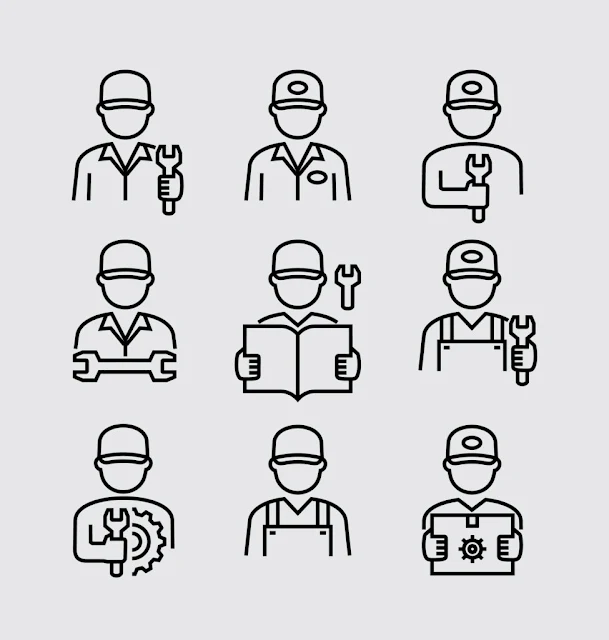
Even if you handle basic cleaning yourself, it’s wise to have a professional inspect your air conditioning system. They can identify issues such as faulty wiring or poor airflow, helping prevent costly repairs later.
3. Maintain a Consistent Temperature
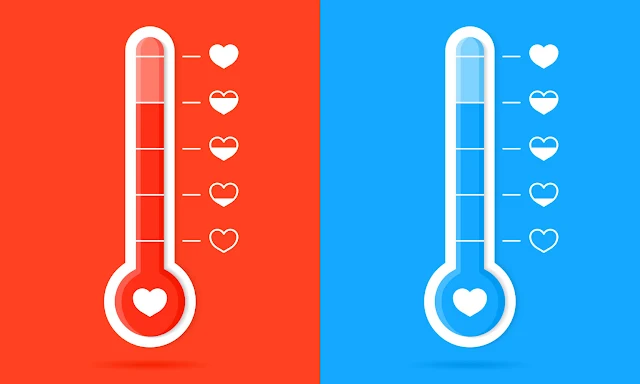
Avoid large temperature fluctuations during the day. Keeping the thermostat steady reduces strain on your air conditioner during peak heat hours.
4. Opt for a Higher Temperature
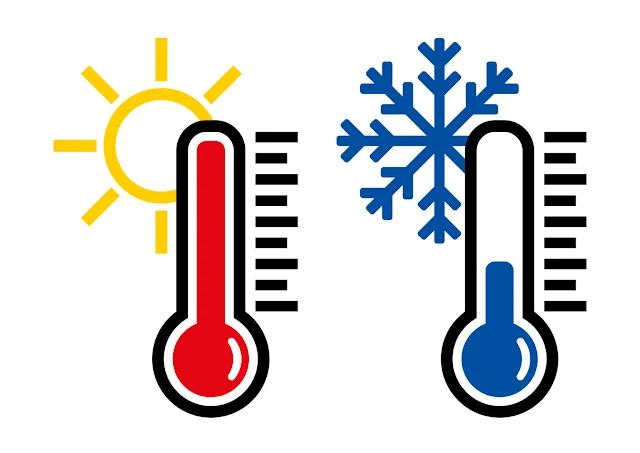
Setting the thermostat to around 70°F instead of lower temperatures can cut energy use by up to 20%. Lowering the temperature too much not only increases costs but also impacts the environment.
5. Turn It Off When Possible
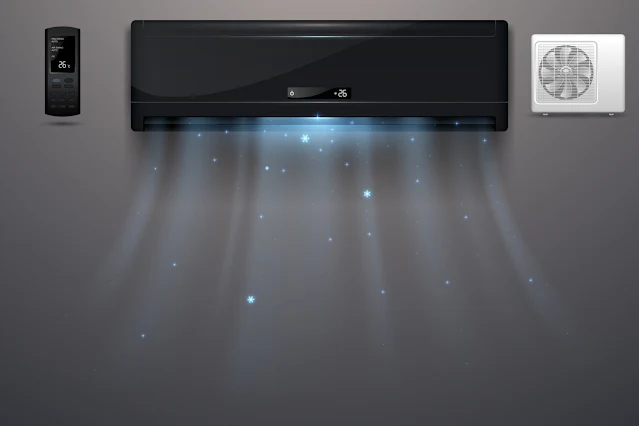
Take advantage of cooler nights and breezy weather by turning off the air conditioner and opening windows. When no one is home, turn off the system or set it to a higher temperature (around 70°F) to conserve energy and give the unit a break.
6. Be Mindful of Peak Hours

Energy usage peaks in the afternoon and evening when temperatures are highest. Spend time at cooler spots, such as a local pool, lake, or air-conditioned public space, to reduce reliance on your air conditioner during these hours.
7. Close Windows During the Day
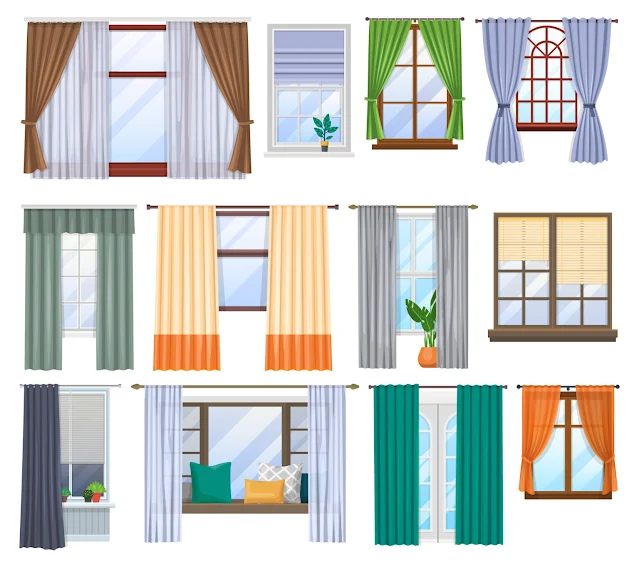
If you’ve enjoyed cool night breezes with open windows, remember to shut them in the morning to keep the rising heat out.
8. Block Out Sunlight

Closing blinds or curtains during the day can significantly reduce the amount of heat entering your home, keeping your air conditioner from overworking.
9. Use Fans Alongside Your Air Conditioner
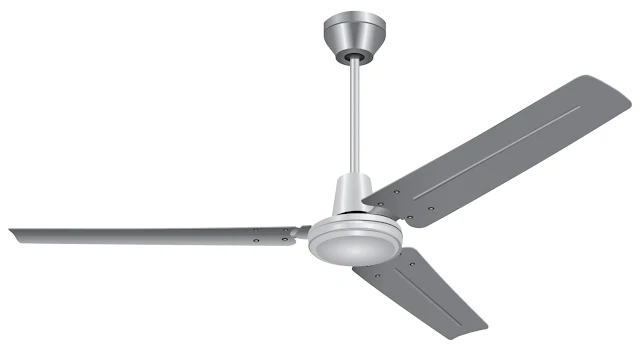
Ceiling fans are excellent for circulating cool air, allowing you to rely less on your air conditioner while maintaining a comfortable indoor temperature.
10. Cook Strategically

Minimize the use of heat-producing appliances during the hottest parts of the day. Opt for microwave or slow cooker meals instead of using the oven. Alternatively, prepare cold dishes like salads or charcuterie boards to keep your home cool.
11. Improve Ventilation and Insulation
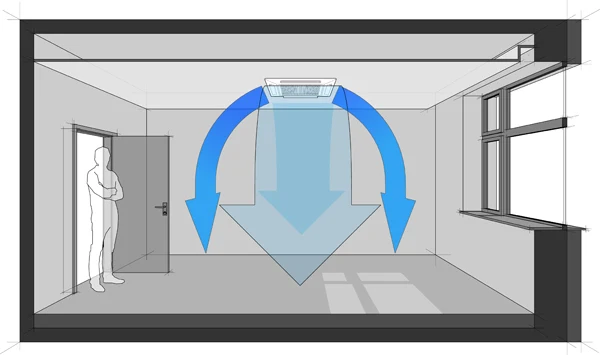
Proper insulation is key to efficient cooling. Seal any cracks or gaps, use weatherstripping, and ensure your attic or basement is well-insulated to prevent cool air from escaping.
12. Invest in a Smart Thermostat
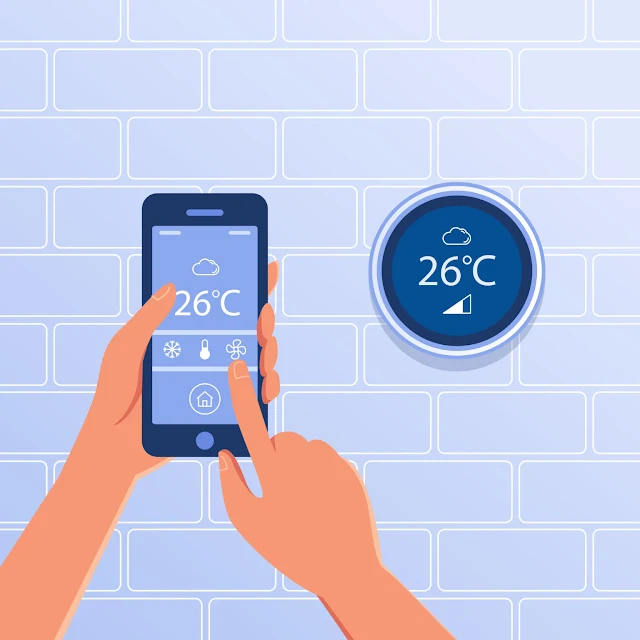
Although smart thermostats require an upfront investment, their programmable features help optimize energy usage. They can adjust temperatures automatically while you’re away, ensuring efficiency without sacrificing comfort.
By adopting these tips, you can enjoy a cooler, more energy-efficient summer while keeping costs—and your environmental impact—in check.
A Tattoo Artist Uses Her Magic Touch to Ink a “New Permanent Eye” for a Man After Tragedy
For most people, tattoos are a form of self-expression. But for one man, ink became a life-changing solution after a devastating accident left him without an eye. Instead of opting for a traditional glass prosthetic, he took a different path—one that led him to a skilled tattoo artist with the ability to create hyperrealistic tattoos.
A Tragic Accident That Changed Everything
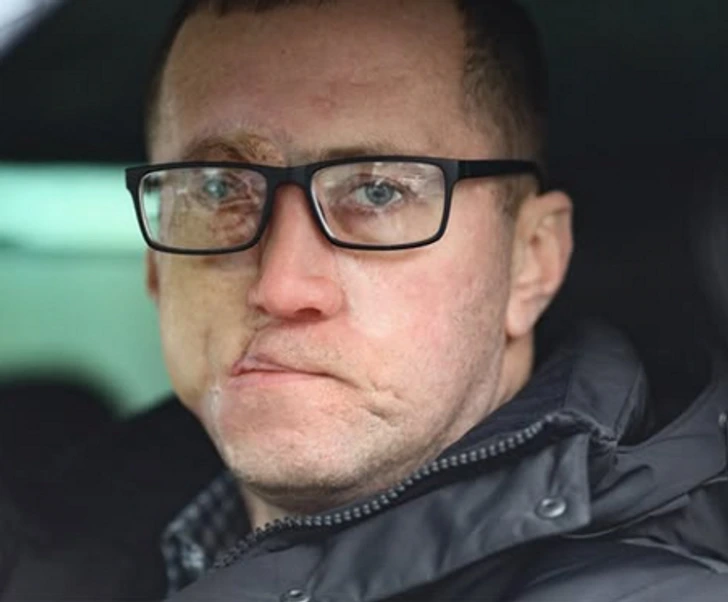
Pavel, a young man with a bright future, suffered a horrific car accident that left him with severe facial injuries. His nose was nearly destroyed, and his right eye was beyond repair. Reconstructing his face would require a series of complex medical procedures, but one of the biggest challenges was how to deal with his missing eye.
Doctors initially explored the possibility of saving what was left of his damaged eye. However, the risk of infection spreading to his healthy eye was too high. The safest option was to remove it entirely.
Pavel accepted the decision with courage, saying:
“I don’t hold on to things that don’t work. It’s better to get rid of something potentially dangerous than to risk losing my other eye too.”
But once the procedure was done, he was left with an important question—how should he replace his missing eye?
From Surgery to Art: A Unique Solution Emerges
Traditionally, people in Pavel’s situation turn to glass prosthetic eyes. But he wanted something different—something that wouldn’t require daily removal or ongoing adjustments.
That’s when doctors introduced him to a highly skilled tattoo artist specializing in hyperrealistic medical tattoos. She had already made a name for herself by helping burn victims, breast cancer survivors, and alopecia patients reclaim their confidence through tattoo artistry.
However, this project was different. She wasn’t just restoring eyebrows or camouflaging scars—she was about to create the illusion of a realistic eye on a flat surface.
This would become one of the most challenging tattoos of her career.
The Artist’s Preparation: A Year of Meticulous Planning
A hyperrealistic tattoo isn’t something that happens overnight. The artist dedicated a full year to studying and preparing for this groundbreaking piece.
Her process included:
- Analyzing old photos of Pavel to match his original eye color and shape.
- Developing a custom pigment palette that could replicate the natural shading of an eye, ensuring the sclera (the white part) didn’t look unnaturally bright.
- Practicing on artificial skin to simulate the texture of scar tissue and skin grafts, testing how ink would blend.
- Consulting with doctors to ensure that tattooing wouldn’t interfere with his healing process.
- Sketching and refining designs over and over again to get the illusion of depth just right.
While the artist prepared, Pavel adjusted to his new face. He remained patient, even joking:
“While you’re practicing, I’ll get used to my new nose!”
Despite the curiosity of strangers, his friends and family stood by him, treating him no differently. Their support gave him the strength to embrace the journey ahead.
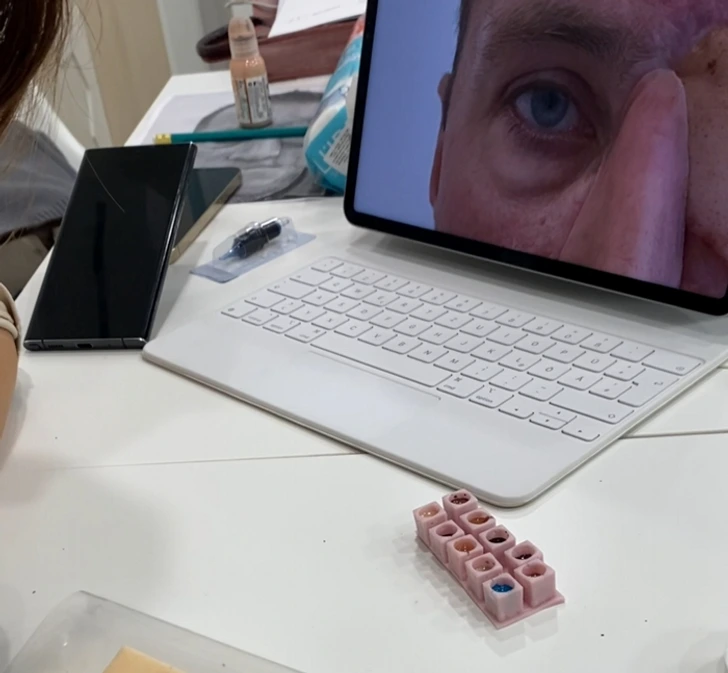
The Big Day: Creating a Realistic Eye with Ink
After months of preparation, the day finally arrived. Pavel stepped into the tattoo studio, knowing this was a permanent transformation.
The artist carefully mapped out the placement of the eye tattoo, ensuring that it:
- Aligned naturally with his facial structure.
- Considered the shadows and highlights needed to create depth.
- Worked with the texture of his skin grafts and scars, ensuring the ink settled correctly.
The first outlines were drawn, and within a few hours, the shape of an eye began to emerge. When the artist handed Pavel a mirror, he smiled and said:
“Wow! It actually looks like something!”
There was still work to be done—adding highlights, refining details, and perfecting the illusion—but the transformation had begun.
The Power of Medical Tattoos: A Growing Trend
Pavel’s story isn’t just a remarkable example of tattoo artistry—it’s part of a growing movement where tattoos serve medical and emotional purposes.
Some of the most impactful medical tattoo techniques include:
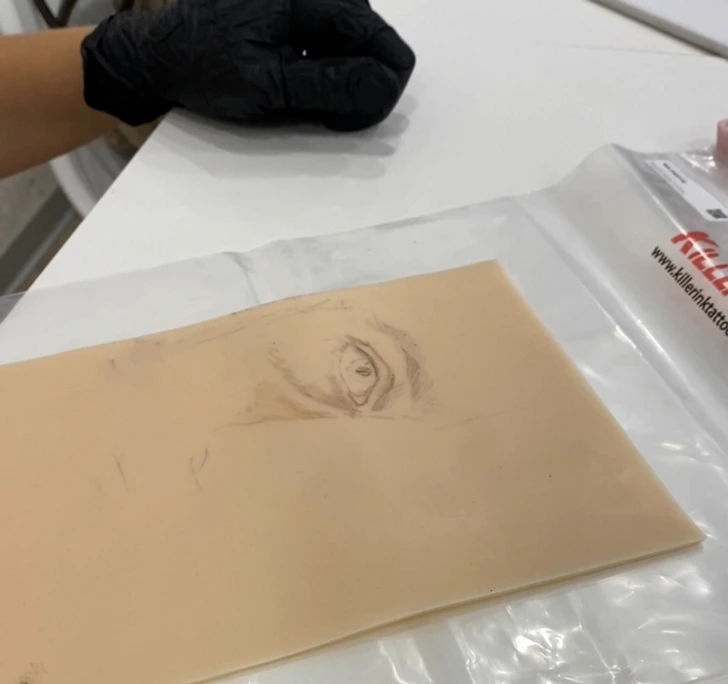
- Scar camouflage tattoos, which help burn victims and surgery patients feel more comfortable in their skin.
- 3D nipple tattoos, which help breast cancer survivors reclaim their bodies after mastectomies.
- Eyebrow tattoos, providing a solution for alopecia patients and chemotherapy survivors.
- Skin pigmentation correction, helping people with vitiligo and birthmarks achieve a more even skin tone.
The use of hyperrealistic tattoos in medical recovery is revolutionizing self-confidence, showing that tattoos are not just about self-expression—they’re about self-restoration.
More Than Ink: How Tattoos Can Heal Beyond the Surface
Pavel’s journey highlights an important truth—tattoos have the power to change lives.
Beyond their visual appeal, medical tattoos help individuals regain control over their bodies after trauma. Studies show that people who undergo these procedures experience:
- Increased self-esteem
- A renewed sense of identity
- Emotional healing after a traumatic experience
For many, these tattoos shift the focus from loss to empowerment, allowing them to move forward with confidence.
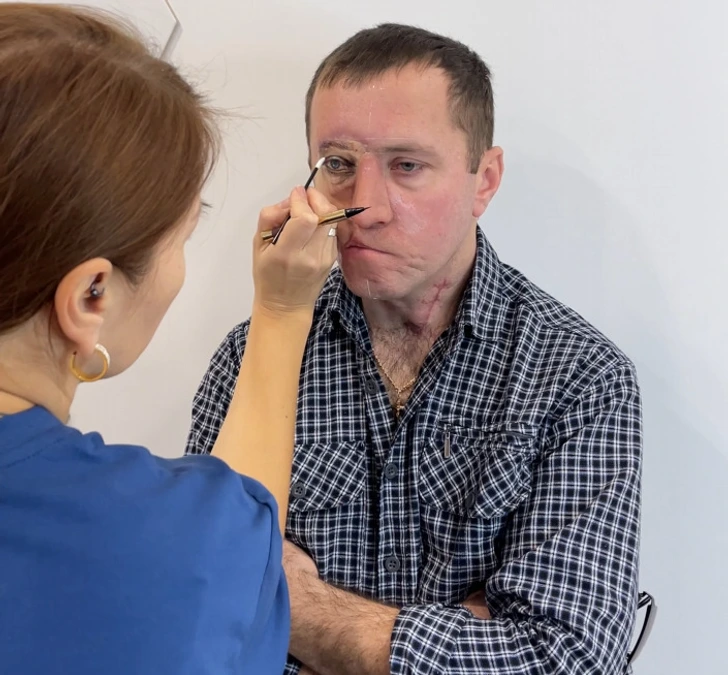
Conclusion: A Story of Strength, Art, and Transformation
Pavel’s story is a testament to resilience, innovation, and the transformative power of art.
With the help of a brilliant tattoo artist, he didn’t just replace his missing eye—he reclaimed his confidence.
His journey serves as a powerful reminder that true beauty isn’t about perfection—it’s about embracing what makes you unique and finding strength in the face of adversity.
In the world of medical tattoos, artists aren’t just creating inked designs—they’re restoring hope, identity, and dignity.
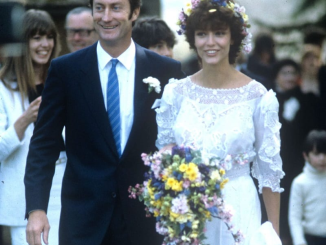

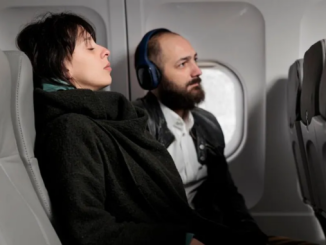
Leave a Reply